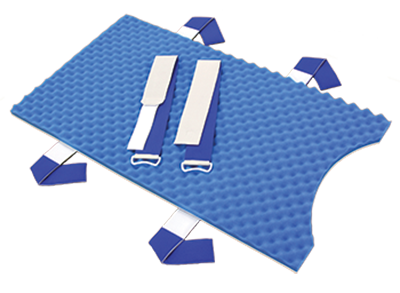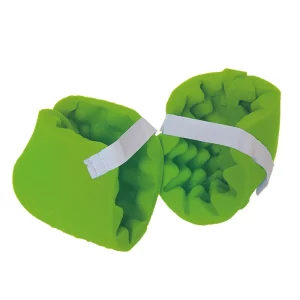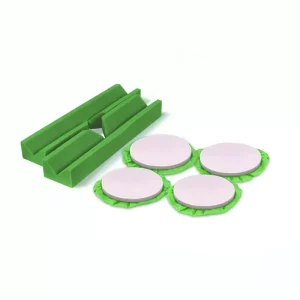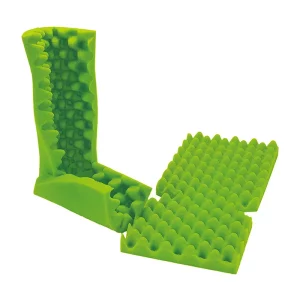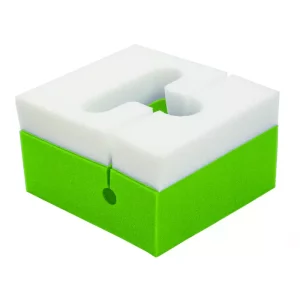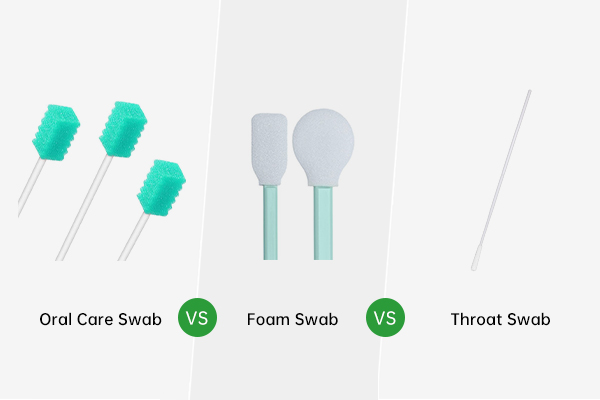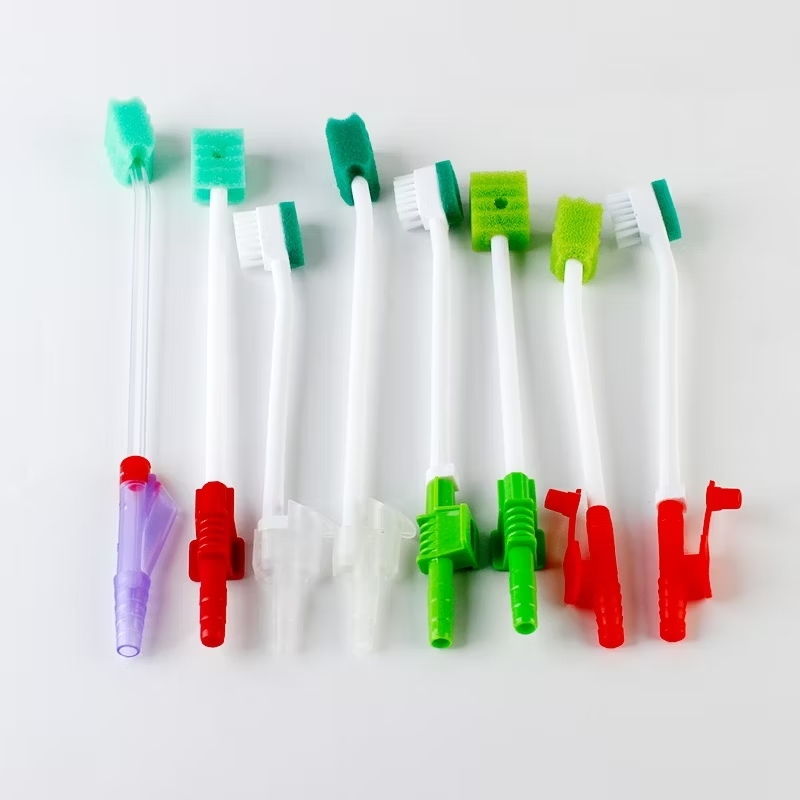Rehabilitation medicine, especially in sports injury recovery, has advanced significantly. Athletes and active individuals often face a complex recovery journey requiring both physical and mental strength. A recent innovation, positioning pads, has become essential in physical therapy, aiding in joint protection, pain relief, and functional recovery.
Positioning pads provide stability and support during rehabilitation exercises, helping athletes recover from injuries like sprains, strains, and surgeries. This article explores how they enhance joint protection, reduce pain, and promote recovery.
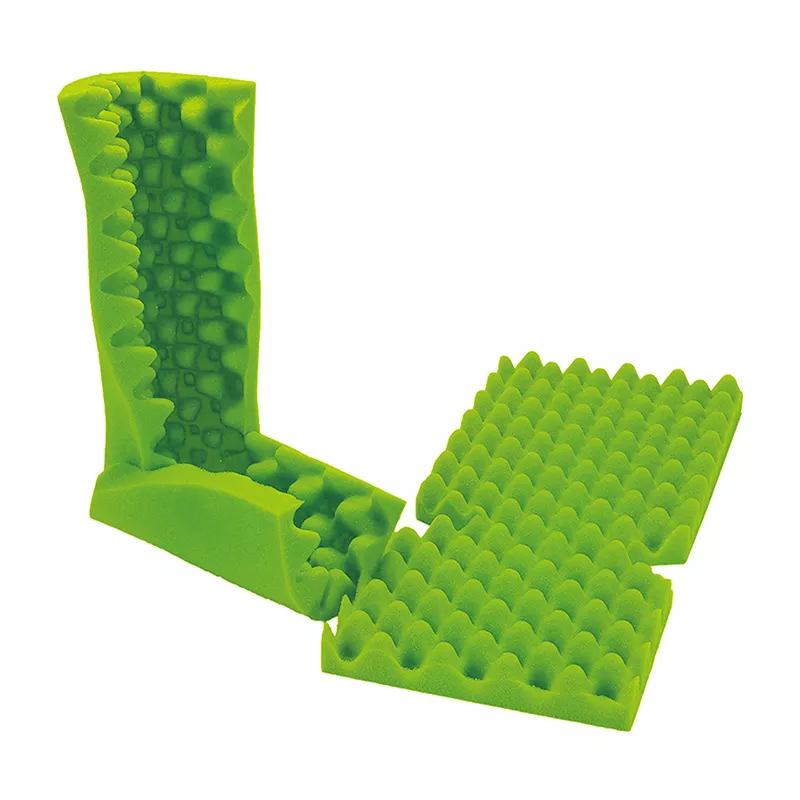
What Are Positioning Pads?
Positioning pads are therapeutic devices made from soft, supportive materials like foam, gel, or memory foam. These pads are commonly used in clinical settings to offer cushioning for individuals recovering from surgery or injury. In sports rehabilitation, positioning pads are utilized to ensure proper alignment during exercise and physical therapy, preventing injury and providing a stable surface to encourage healing.
While positioning pads have been used in hospitals and healthcare facilities for years, their application in sports injury recovery is an innovation that has gained significant attention. They help reduce the physical strain on injured areas, protect vulnerable joints, and ensure that the body is properly aligned during therapeutic exercises, facilitating a smoother recovery process.
Joint Protection: Reducing Stress and Avoiding Additional Damage
One of the primary concerns during the rehabilitation of sports injuries is the potential for further strain on the joint or injured tissue. Joint protection is crucial to avoid exacerbating the injury and to support the body’s natural healing process. Positioning pads play a key role in this regard by providing cushioning and stabilization to vulnerable areas during physical therapy exercises.
Take an athlete recuperating from knee surgery or a sprain, for example. During rehabilitation, exercises like leg extensions or squats are designed to help rebuild strength in the muscles surrounding the knee joint. However, if the knee is not properly supported during these exercises, there is a risk of overextending or putting undue stress on the injured area, potentially leading to further injury. By using positioning pads, the knee joint can be stabilized, minimizing the risk of hyperextension or misalignment during movements.
Similarly, shoulder injuries can benefit from positioning pads. In many cases, patients with shoulder injuries may need to perform rehabilitation exercises such as shoulder rotations or resistance training to regain mobility and strength. Positioning pads offer a comfortable and supportive surface to ensure that the shoulder joint is properly aligned, reducing the risk of strain and promoting safe, effective recovery.
By offering targeted support and cushioning, positioning pads help prevent additional strain on the injured joint, allowing athletes to perform necessary exercises without compromising the safety of the injured area.
Pain Relief: Reducing Discomfort During Rehabilitation
Pain is an inevitable part of the rehabilitation process, especially during the early stages of recovery. For athletes recovering from sports injuries, pain can impede the effectiveness of therapy, making it harder to engage in the necessary exercises and movements to regain strength and function. Positioning pads can be a game-changer in this area by reducing the pressure on sensitive areas, thereby providing significant pain relief.
Positioning pads work by distributing the body’s weight across a broader surface area, minimizing localized pressure on the injured region. This redistribution of pressure is particularly beneficial for individuals recovering from ankle sprains, muscle strains, or joint surgeries. For example, when performing weight-bearing exercises like standing or walking during rehabilitation, the positioning pad ensures that the injured foot, ankle, or knee is not subjected to excessive strain, which could cause discomfort or further injury.
For those recovering from muscle strains or soft tissue injuries, the pads can reduce muscle tension and the likelihood of spasms, which often arise when the body compensates for an injured area. The soft and supportive nature of the pads allows the muscles to relax, alleviating tightness and minimizing discomfort during rehabilitation exercises. When performing activities intended to strengthen and stretch the muscles surrounding the damaged area, this is very beneficial.
In addition, positioning pads can be used to reduce discomfort during passive movements such as stretching or joint mobilization exercises. By providing a soft surface to lie on, these pads make it easier for patients to tolerate movements that may otherwise cause pain or discomfort.
Encouraging Functional Recovery: Improving Balance, Strength, and Flexibility
Functional recovery is the ultimate goal of rehabilitation. For athletes, this means returning to their sport with full strength and mobility, while for non-athletes, it involves regaining the ability to perform daily activities without pain or limitation. Positioning pads are an essential tool in facilitating functional recovery by providing stability and support during exercises designed to restore strength, flexibility, and mobility.
In many rehabilitation programs, patients are required to perform mobility exercises to regain range of motion in the injured joint. For example, following a shoulder dislocation, patients may need to perform stretching exercises to restore the joint’s full range of motion. Positioning pads offer a stable, supportive surface that allows patients to perform these exercises with proper alignment and posture, reducing the risk of overextending or straining the injured area.
Additionally, strengthening exercises are a key component of functional recovery. Whether rebuilding the muscles around a knee joint or strengthening the core muscles after back surgery, positioning pads provide a cushioned, stable surface to perform strength exercises safely. This support ensures that the joint or muscle is aligned correctly, minimizing the risk of compensation or overloading the injured area. For example, exercises like leg raises, resistance training, or squats can be performed with greater ease and comfort when positioning pads are used to support the injured area.
Another key aspect of recovery is balance training, particularly after lower-body injuries like ankle sprains or knee surgeries. Balance exercises are essential for regaining coordination and preventing future injuries. By using positioning pads, patients can perform balance exercises with additional stability and control, making it easier to restore their equilibrium and reduce the risk of falls or further injury.
Psychological Benefits: Building Confidence and Motivation
In addition to the physical benefits of positioning pads, these tools can also provide significant psychological benefits. Recovery from a sports injury is often mentally challenging, especially when athletes feel frustrated by the limitations of their injury. Knowing that they have the proper support and tools to avoid reinjury can help reduce anxiety and improve their confidence during rehabilitation.
Using positioning pads during physical therapy allows patients to perform exercises without the fear of causing additional harm to the injured area. This confidence boost might be very important for keeping a good outlook during the healing process. Furthermore, by alleviating pain and discomfort, positioning pads can make the rehabilitation process more tolerable, encouraging patients to stick with their physical therapy regimen and stay motivated to recover fully.
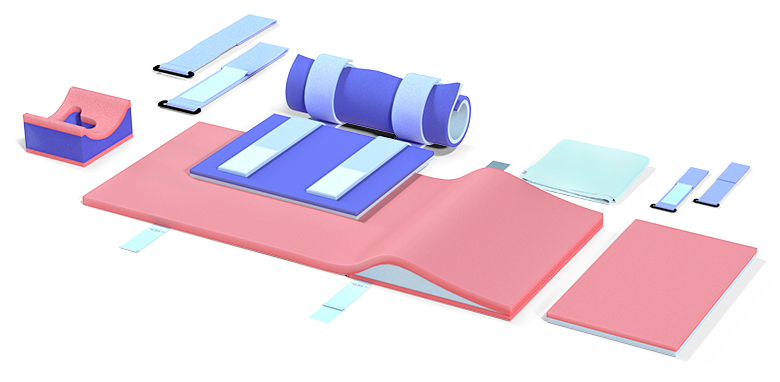
The Versatility of Positioning Pads in Rehabilitation
Positioning pads are incredibly versatile and can be used in a variety of rehabilitation settings. These pads offer a portable, practical way to aid with recuperation, whether at home or in a therapeutic setting. They can be used in combination with other therapeutic tools like resistance bands, foam rollers, or weights to enhance the effectiveness of rehabilitation exercises.
Additionally, positioning pads are available in a variety of sizes and shapes to accommodate the unique requirements of various injuries. For instance, a large, flat positioning pad may be ideal for providing general cushioning during floor exercises, while a smaller, contoured pad may be better suited for supporting a specific joint, such as the knee or elbow.
Conclusion
Positioning pads have emerged as an essential tool in the world of sports injury recovery. These cutting-edge tools provide a number of advantages, such as pain alleviation, joint protection, and functional recovery. By providing stability, support, and cushioning during rehabilitation exercises, positioning pads help athletes and active individuals recover more quickly and safely, minimizing the risk of further injury. With continued research and development, the application of positioning pads in rehabilitation will likely expand, providing even more tailored solutions for athletes and patients on their journey to recovery.

